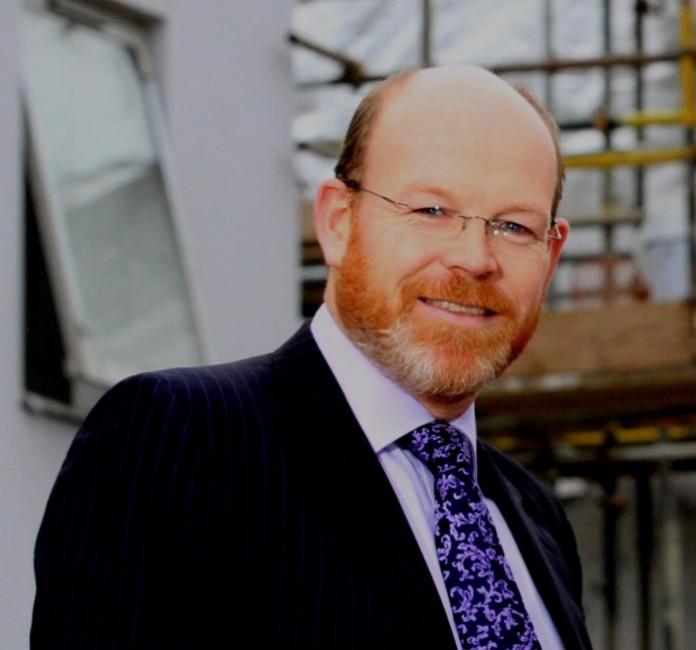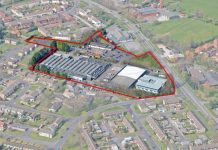
Restoring pride in Gloucester’s historic waterfront has been key to the city’s success story – and enthusiastically promoted by commercial property consultants Bruton Knowles.
The Local Development Order supporting the regeneration of the Quayside and Blackfriars areas of the city was adopted by Gloucester City Council earlier this week and sent on to Secretary of State for Communities and Local Government Sajid Javid for final approval.
The ambitious £135m programme could provide the launch pad for a further overhaul of the city’s commercial, residential and leisure core.
Angus Taylor, Head of Commercial at Bruton Knowles’ Quedgeley headquarters, said the firm had already played a key role in driving the city centre regeneration strategy and would continue to help drive the regeneration of the area.
“We have advised developers, local authorities and other stakeholders on a range of schemes aimed at delivering economic growth from this once neglected area of the city.”
He said a raft of new schemes in and around the city centre had transformed around two thirds of it from virtual dereliction to thriving new retail, leisure and residential hubs.
“We applaud Gloucestershire City and County Councils who have had the foresight to press ahead with this project – despite uncertainties over the prevailing economic conditions. Regeneration never travels in a straight line and, inevitably, there have been setbacks, such as the major fire at Baker’s Quay.”
The 7.2-acre site is bounded by Quay Street, Bearland/Longsmith Street to the north, Ladybellegate Street to the east, Commercial Road to the south and The Quay to the west.
Priority to residential and student accommodation scheme, with ancillary uses such as retail, restaurants, health centres and leisure facilities also supported.
Angus Taylor said: “Local development orders are designed to help councils speed up development by granting planning permission for the kind of schemes they are looking to attract.
“We have helped get the process moving, advising stakeholders regarding Gloucester Docks, the Quays, Greyfriars, the Railway Triangle and the Canal Corridor.
“This is where Gloucester gains – its historic docks, quays and proximity to water. The city had turned its back on its historic waterways, leading to huge areas of urban decay and dereliction.
“Our objective has always been to create vitality, bring back the buzz into the city centre and, looking at Gloucester’s rejuvenated Docks and Quays, we are now close to achieving those ideals.”
Since 2005 between £600 million and £700 million has been invested in Gloucester, the bulk of the money coming from the private sector.
This has created more than 1,000 jobs and opened up more than 850,000 sq ft of commercial and retail floorspace.
Just under 93 acres of land has been reclaimed in and around the city centre and a thousand new homes have already been delivered in what Chris described as a “wilderness of dereliction.”
Angus said: “The Government’s determination to convert Brownfield sites for new housing opens up tremendous opportunities for private owners to secure in principle residential consents on vacant derelict sites in the city centre. Gloucester may be a few years behind, but it’s catching up fast.”




















